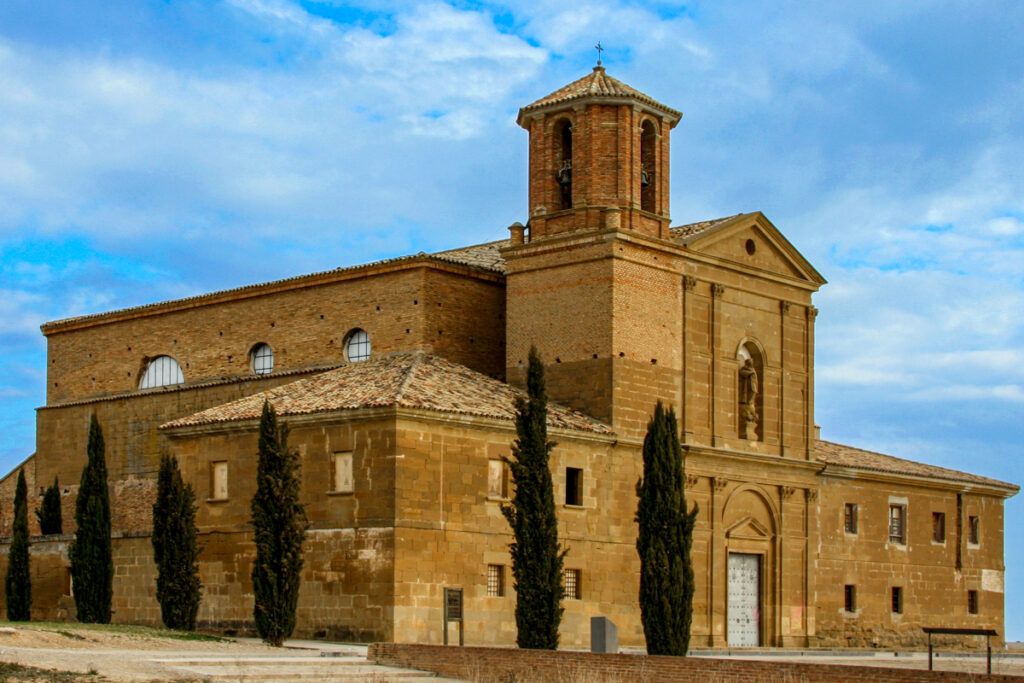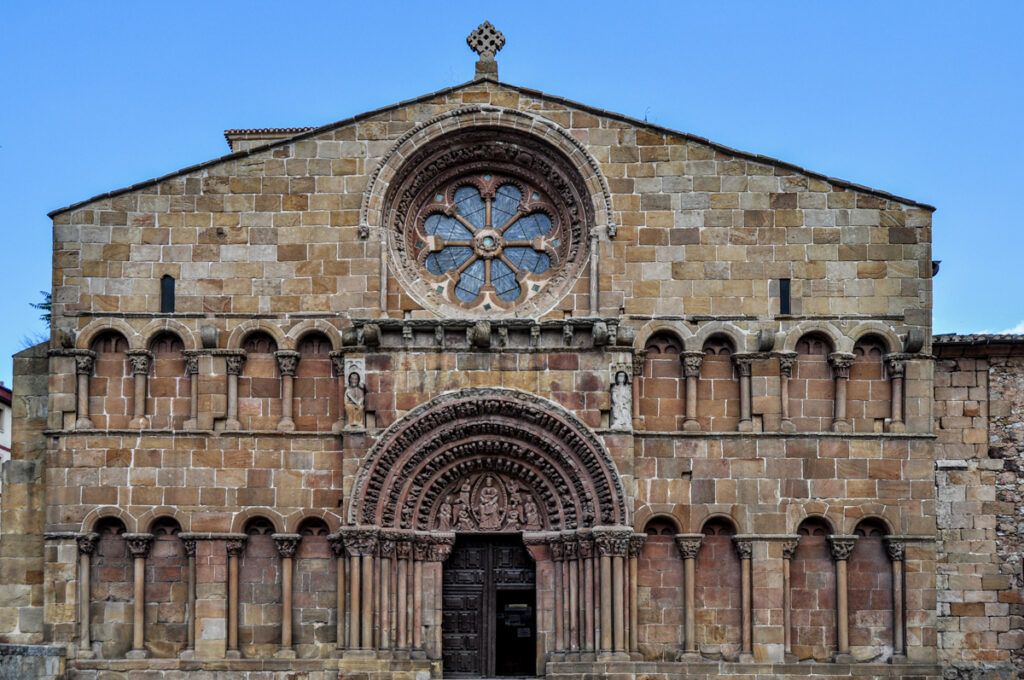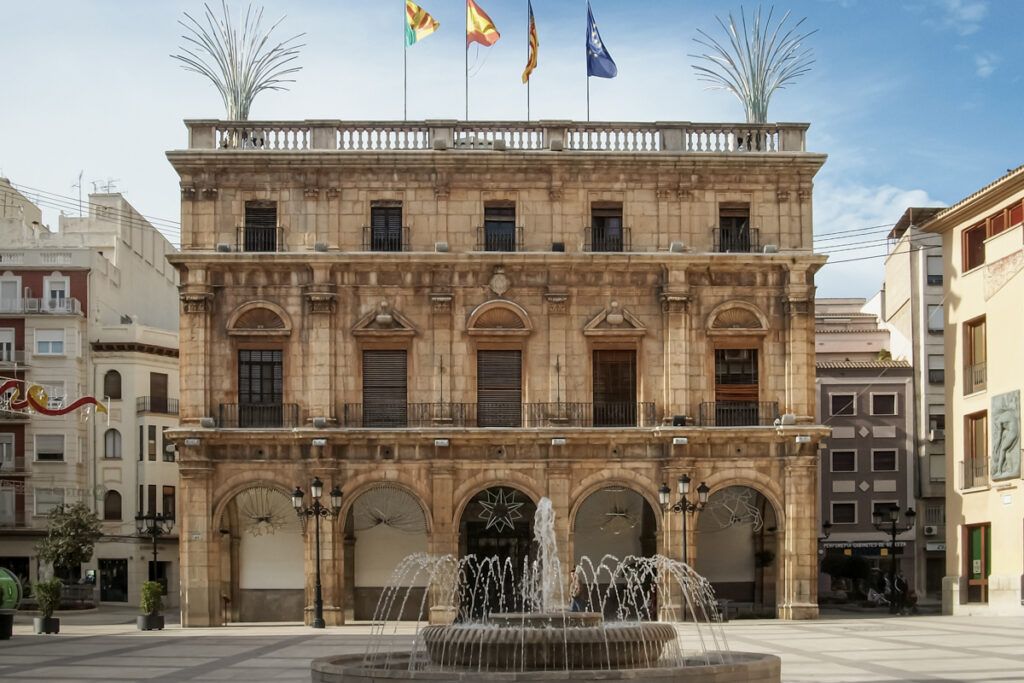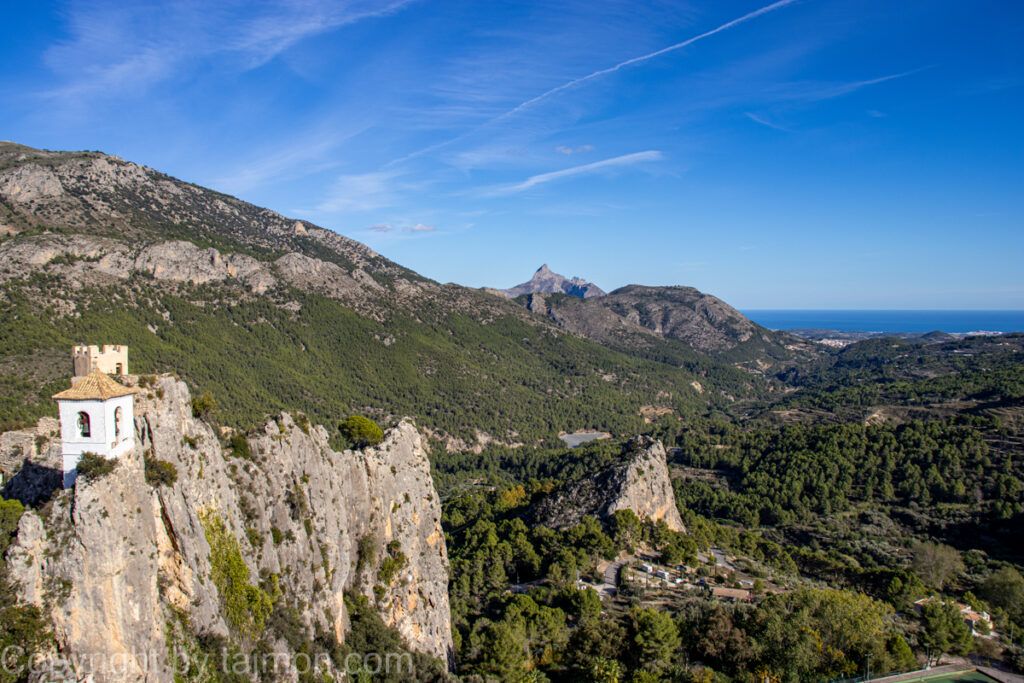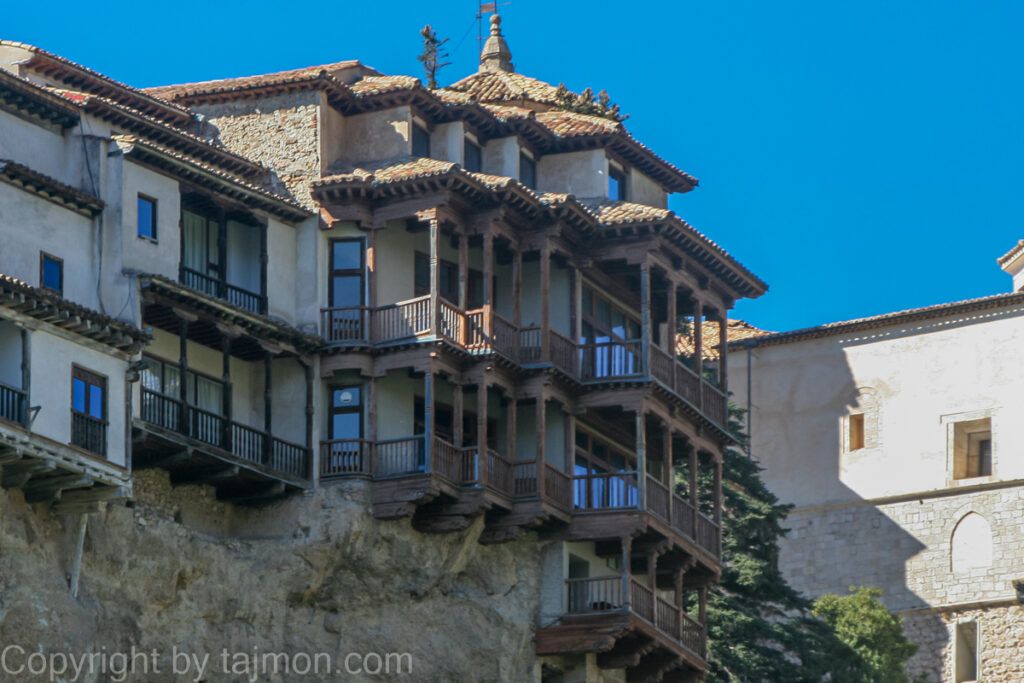San Lorenzo Church in Huesca
If you are a lover of Baroque art and want to get to know the most important patron of Huesca, then Iglesia de San Lorenzo, or the Church of St. Lawrence, is a place you must visit. This church was built in the 17th century on the site of a former Romanesque church, which was dedicated to St. Lawrence, a deacon and martyr, who was born in Huesca in the 3rd century and who died on a gridiron in Rome in 258 AD. It is a place of worship and pilgrimage for many faithful, especially on August 10, when the fiesta de San Lorenzo, or the feast of St. Lawrence, is celebrated, which is the largest and most joyful event in the city.
It has an impressive facade, which is adorned with columns, pilasters, niches, and sculptures, depicting scenes from the life and martyrdom of St. Lawrence. At the top of the facade is a figure of St. Lawrence, holding the gridiron on which he was burned, and on the sides are figures of St. Peter and St. Paul, patrons of Rome, where St. Lawrence died. Above the facade rises a high tower, which has four floors and is topped with a dome. The tower is visible from various points in the city and is one of the symbols of Huesca.
The interior of the church has a single nave with side chapels and a presbytery with the main altar. The interior is richly decorated with stucco, marble, gold, and paintings, creating a harmonious and spectacular Baroque composition. Among the most valuable elements of the interior are:
-
- El Camarín de San Lorenzo, or the Chapel of St. Lawrence, which is located behind the main altar and which is the place where the relic of St. Lawrence, a fragment of his skull, is kept. The chapel has a round shape and is adorned with paintings, depicting scenes from the life and martyrdom of St. Lawrence, as well as figures of other saints and angels. In the center of the chapel is a silver urn, in which the relic is located, surrounded by silver figures of the four evangelists. This chapel is open to visitors only on August 10, when the faithful can venerate the relic and ask for the intercession of St. Lawrence.
- El Retablo Mayor, or the Main Altarpiece, which is the work of sculptor José Ramírez de Arellano and painter Vicente Berdusán, made in 1691-1694. The altarpiece has three floors and five centers, on which scenes from the life and martyrdom of St. Lawrence are depicted, as well as figures of other saints and angels. It is made of wood and covered with polychrome and gold, creating a spectacular contrast with the white walls of the church.
- La Capilla del Santo Cristo, or the Chapel of the Holy Christ, is located on the right side of the nave and is dedicated to a crucifix from the 15th century, which is considered miraculous and venerated by the faithful as Santo Cristo de los Milagros, or Holy Christ of Miracles. The crucifix has a naturalistic and dramatic depiction of the suffering of Christ on the cross, which enhances its expression. In the chapel, there is also a painting of the Virgin Mary with the Child from the 17th century, which is venerated by the faithful as Virgen de la Alegría, or Virgin of Joy.
Return to the table of contents of the Tourist Guide to Huesca >>>>>>>>>>
